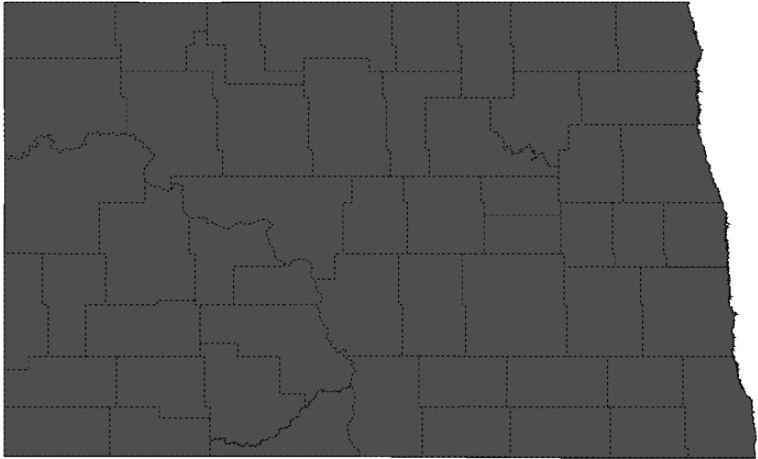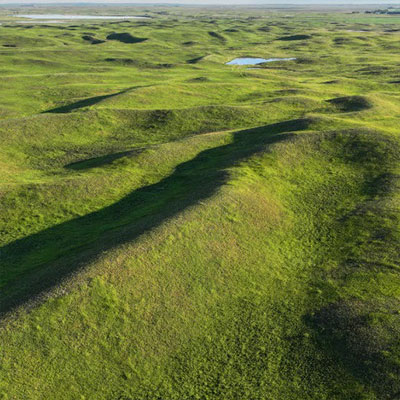American Bumble Bee

Judy Gallagher, CC 2.0 https://www.fws.gov/media/american-bumble-bee
Relatively large. Queens are mostly black while worker bees have fuzzy yellow and black abdomens with a black tail. They also have long faces, with the hair on top of their heads being black.
Status in North Dakota
Resident.
Reason for SWAP Designation
SGCN (c). At-risk, expert review or recent assessment.
Under review for federal protection through the Endangered Species Act.
Due to threats such as habitat loss, pesticides, and disease, the species has seen sharp declines, which are most pronounced in the northern parts of its range.
Threats
Bumble Bees face a number of threats, likely all of which have played a role in population declines.
This species used to be common and widespread but the introduction of pathogens from introduced commercial bumble bees severely declined its population.
The loss of foraging and nesting habitat, as well as the widespread use of pesticides, continues to negatively impact the current populations.
Other threats include habitat degradation and fragmentation, naturals pests and diseases, and climate change.
Research and Monitoring
Statewide pollinator surveys have been completed by the USFWS HAPET team and NDSU.
Pollinator surveys should continue throughout the state to determine species range and population trends in ND.
Management Recommendations
- Develop pollinator habitat.
- Protect and manage high quality native prairie.
- Develop connectivity between quality habitats.
- Reduce pesticide use.
- Promote native forb plantings within both agricultural and urban landscapes.



